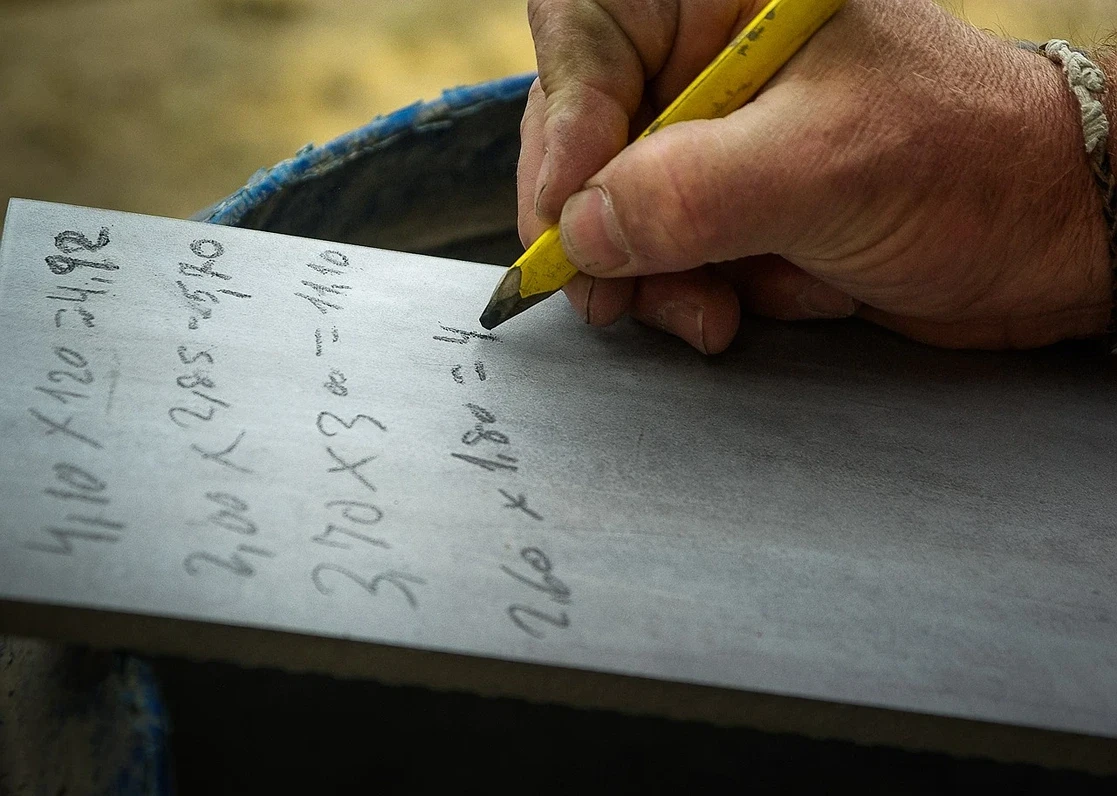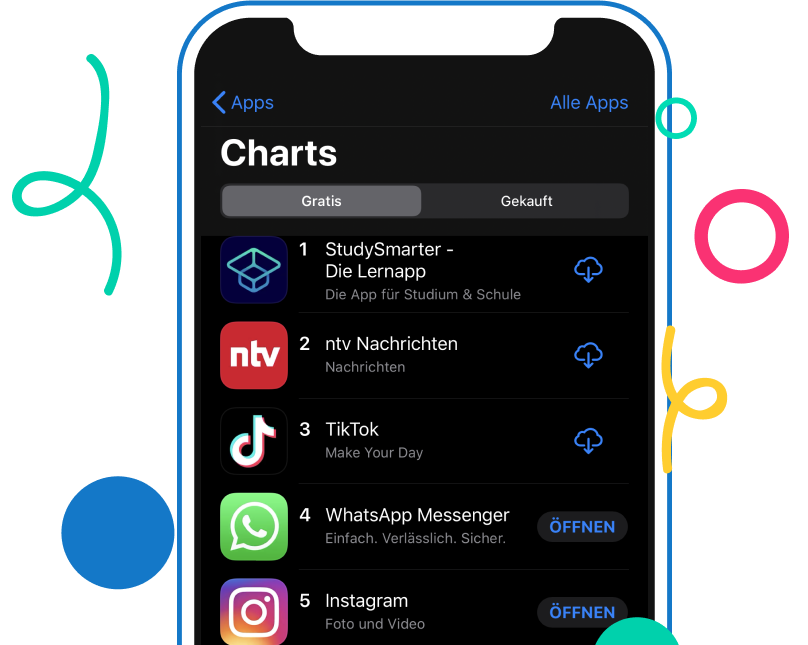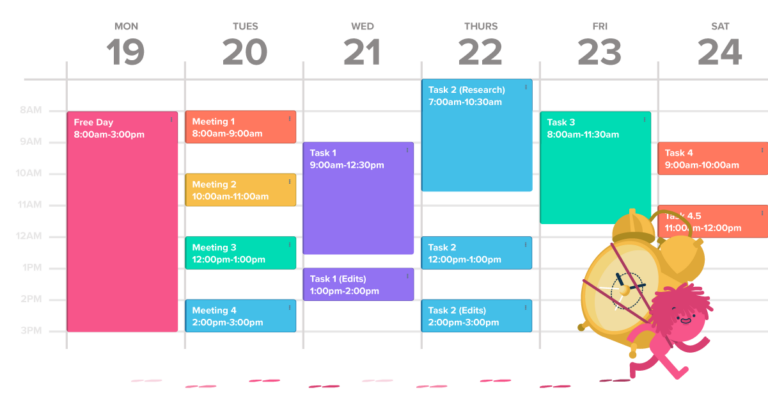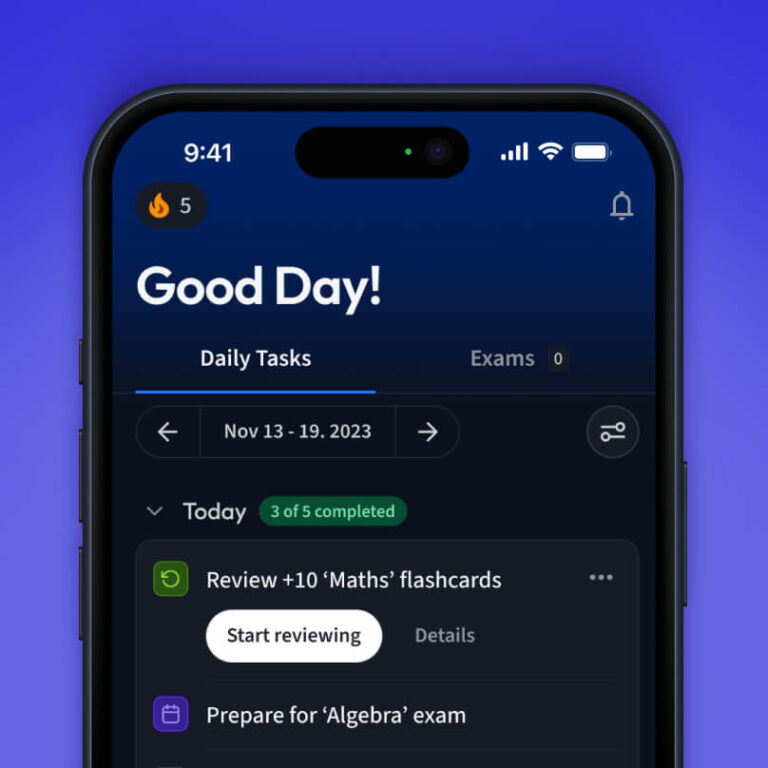How Do Multiplication Tables Work?
A multiplication table is a structured grid that displays the products of two numbers. Typically, the numbers 1 through 12 are listed along the top row and left column, and each cell within the table shows the result of multiplying the intersecting numbers. For example, in a standard 12×12 table, the cell where the row for “4” and the column for “6” meet will show “24” (4 multiplied by 6).
Multiplication tables help students quickly look up and understand multiplication relationships, which is especially useful for mental math. Knowing these tables allows students to make quicker calculations, understand patterns, and advance to more complex operations like division, fractions, and algebra.
List of Multiplication Tables
Here is a simple list of common multiplication tables that students frequently learn:
- 1 Times Table: 1, 2, 3, 4, 5, 6, etc., up to 12
- 2 Times Table: 2, 4, 6, 8, 10, 12, etc.
- 3 Times Table: 3, 6, 9, 12, 15, 18, etc.
- 4 Times Table: 4, 8, 12, 16, 20, 24, etc.
- And so on, up to 12 Times Table
Here is the 12 times multiplication table as an example:
| 12 Times Table | |
|---|---|
| 12 × 1 | = 12 |
| 12 × 2 | = 24 |
| 12 × 3 | = 36 |
| 12 × 4 | = 48 |
| 12 × 5 | = 60 |
| 12 × 6 | = 72 |
| 12 × 7 | = 84 |
| 12 × 8 | = 96 |
| 12 × 9 | = 108 |
| 12 × 10 | = 120 |
| 12 × 11 | = 132 |
| 12 × 12 | = 144 |
In many educational systems, students are encouraged to memorize tables from 1 up to 12, as these cover the most commonly encountered calculations. Some students might go up to 15 or even 20, depending on the curriculum.
How to Easily Learn Multiplication Tables
Learning multiplication tables can be challenging, but with the right approach, it can be made easier. Here are some effective tips for quickly picking up multiplication tables:
- Start Small: Begin with the smaller tables, like 1, 2, and 3, which are easier to memorize.
- Use Patterns: Multiplication has patterns that can simplify learning. For example, every product in the 5 times table ends in 0 or 5, and the products in the 10 times table always end in 0.
- Break it Down: Instead of trying to learn all tables at once, focus on one table per week or a few rows each day. This prevents overwhelming yourself.
- Repetition: Regular practice is essential. The more you repeat, the more you reinforce what you’ve learned.
Multiplication Table Worksheet
Worksheets are a practical tool for practicing multiplication tables. They can include:
- Fill-in-the-blank Exercises: Students fill in missing numbers in a table, reinforcing their memory and understanding.
- Single Number Multiplication Drills: Worksheets focused on just one number, like the 3 times table, help students learn each table individually.
- Mixed Multiplication Problems: These worksheets mix tables up to encourage students to recall tables from memory rather than in sequence.
Multiplication worksheets are effective for helping students identify areas that need more practice and gradually improve their skills. Many websites offer printable worksheets or interactive digital worksheets for various levels of practice.
Multiplication Tables: Memorization Strategies
Memorizing multiplication tables is a common challenge, but these strategies can make it more manageable:
- Skip Counting: Count in increments (e.g., 3, 6, 9, 12 for the 3 times table) to develop a sense of the table’s rhythm.
- Flashcards: Flashcards are a simple tool for quick recall. They can be made at home or found as digital apps.
- Rhymes and Songs: Rhyming or singing tables can make them easier to remember. There are several catchy songs for multiplication tables on platforms like YouTube.
- Visualization: Encourage children to visualize the table in their mind or imagine patterns on a multiplication chart.
- Daily Practice: Consistency is key. Practice each day for a few minutes, focusing on a different table every day.
Can You Use ChatGPT to Memorise Multiplication Tables?
Yes, you can definitely use ChatGPT to help study and memorize the multiplication table! Here are a few interactive ways ChatGPT can support your learning:
1. Practice Questions
- I can quiz you on any specific multiplication table or mix them up for a challenge. Just let me know which table you’d like to practice, and I can create a mini-quiz with instant feedback.
- Example:
- “What’s 7 x 8?”
- “What’s 6 x 9?”
- I’ll provide the answer after you try, and you can keep practicing until you feel comfortable.
2. Fill-in-the-Blank Exercises
- I can create fill-in-the-blank exercises to help reinforce your memory.
- Example:
- “12 × __ = 48”
- “9 × __ = 81”
- This approach helps you focus on specific numbers that you might find tricky.
3. Skip Counting Practice
- Skip counting helps to internalize the pattern in each table. We can practice skip counting together. For example:
- “Let’s count by 4s: 4, 8, 12, 16, …” and continue until we cover the table.
- This is especially helpful for tables that might seem harder to remember, like the 7 or 8 times table.
4. Flashcard Simulation
- I can simulate flashcards by showing you a multiplication problem, and you can give the answer. Just say “next” to get a new problem, or “repeat” if you’d like to go over a challenging one again.
- Example:
- “What’s 6 x 7?” (pause for answer)
- “Correct! Let’s move on to the next one.”
5. Multiplication Games
- I can guide you through interactive games like:
- Multiplication Bingo: I’ll pick random products from a table, and you have to tell me the correct multiplication pair (e.g., 24 = 6 x 4).
- Race Against Time: Set a timer, and I’ll give you multiplication problems to solve as quickly as possible. This helps with speed and confidence.
6. Tips and Tricks for Memorization
- I can offer tips for memorizing specific tables that are known to be tricky. For example:
- 9 Times Table: Use the finger trick or remember that the digits of each answer add up to 9 (like 9, 18, 27).
- 5 Times Table: All products end in 0 or 5, making it easy to spot.
- Let me know if you want more tricks for a particular table!
Multiplication Tables: Games
Games are a fun way to make learning multiplication tables engaging and interactive. Here are a few popular game options:
- Times Table Bingo: This game uses bingo cards filled with products (like 18 or 24) that correspond to questions (e.g., “3 x 6” or “4 x 6”).
- Multiplication War (Card Game): In this card game, players draw two cards and multiply the numbers. The player with the higher product wins the round.
- Online Multiplication Games: Many educational websites and apps offer online games that make practicing tables fun. Games can include speed challenges, interactive quizzes, and levels of difficulty.
Using games can help students reinforce their knowledge, practice under timed conditions, and apply multiplication in a playful context, which often helps with retention.







